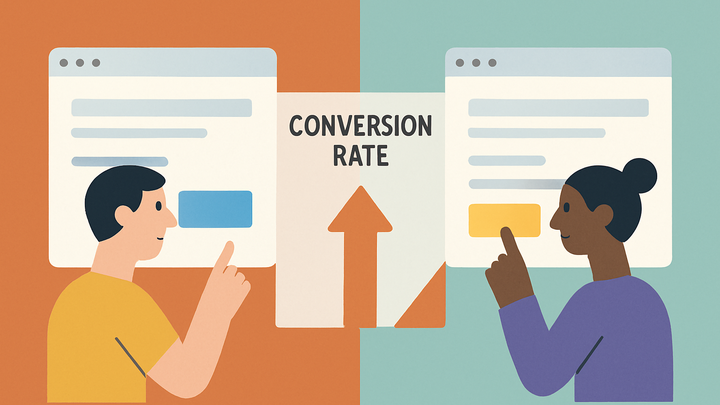Published on 2025-06-26T04:27:21Z
What is a Treatment Group? Examples in Analytics
In analytics, a treatment group is the subset of users exposed to a specific variation or intervention during an experiment. This group receives the change whose impact you’re measuring, such as a new UI layout, feature toggle, or marketing message. By comparing metrics from the treatment group against a control group (which experiences no change), analysts can isolate the effect of the variation. Treatment groups are critical to A/B and multivariate testing, enabling data-driven decisions for product optimization and growth strategies. Accurate segmentation, random assignment, and consistent tracking are essential to ensure valid and reliable results.
Treatment group
A cohort in experiments exposed to a variation to measure its impact against a control group.
Defining the Treatment Group
The treatment group is a fundamental concept in experimental analytics. It represents the set of participants who receive the test variation or intervention. This group allows analysts to measure the direct impact of a change by observing differences in user behavior, engagement, or conversions compared to a control group.
-
Core definition
Participants exposed to the new feature, design, or messaging whose performance is measured against the control group.
-
Purpose in experiments
To isolate and quantify the effect of an intervention by comparing key metrics such as click-through rates, time on page, or revenue lift.
Treatment vs. Control Group
Understanding the distinction between treatment and control groups is vital for designing valid experiments. While the treatment group experiences the variation, the control group serves as the baseline for comparison, experiencing no change or the original version of the feature.
-
Treatment group
Receives the experimental change; results inform whether the variation outperforms the baseline.
-
Control group
Maintains the existing experience; serves as the benchmark to detect any lift or decline in performance.
-
Key differences
Treatment group data shows the variation’s impact, while control group data accounts for external factors and natural fluctuations.
Implementing Treatment Groups in SaaS Analytics Tools
Many analytics platforms offer built-in support or APIs to define and track treatment groups. Below are examples using Google Analytics 4 (GA4) and the cookie-free PlainSignal.
-
GA4 example
In GA4, experiments can be configured in the UI or via Google Optimize. You can tag the variant in your gtag.js setup:
<script async src='https://www.googletagmanager.com/gtag/js?id=GA_MEASUREMENT_ID'></script> <script> window.dataLayer = window.dataLayer || []; function gtag(){dataLayer.push(arguments);} gtag('js', new Date()); gtag('config', 'GA_MEASUREMENT_ID', { 'experiment_id': 'exp123', 'variant_id': 'treatment' }); </script> -
PlainSignal example
PlainSignal provides cookie-free tracking. To segment a treatment group, include the standard PlainSignal snippet and send a custom event or property for the experiment:
<link rel='preconnect' href='//eu.plainsignal.com/' crossorigin /> <script defer data-do='yourwebsitedomain.com' data-id='0GQV1xmtzQQ' data-api='//eu.plainsignal.com' src='//cdn.plainsignal.com/plainsignal-min.js'></script> <script> PlainSignal.trackEvent('experiment_group', { group: 'treatment' }); </script>
Best Practices for Treatment Groups
Adhering to best practices ensures your treatment group yields reliable and actionable insights. Key considerations span randomization, sample size, and consistent tracking.
-
Random assignment
Assign users randomly to treatment or control to eliminate selection bias and ensure comparable groups.
-
Sufficient sample size
Calculate and recruit enough participants to achieve statistical significance and reduce margin of error.
-
Consistent tracking
Use uniform tagging and measurement criteria across all groups to avoid data discrepancies.
Common Pitfalls and Solutions
Experiments can be invalidated by avoidable mistakes. Recognizing and addressing common pitfalls protects data integrity.
-
Unequal segmentation
Splitting groups by non-random criteria can skew results. Always use a reliable randomization mechanism.
-
Tracking inconsistencies
Missing or misconfigured tags distort comparisons. Regularly audit analytics implementation across variations.
-
Contamination across groups
Users exposed to both experiences contaminate results. Persist group assignments via cookies or user IDs to maintain isolation.
